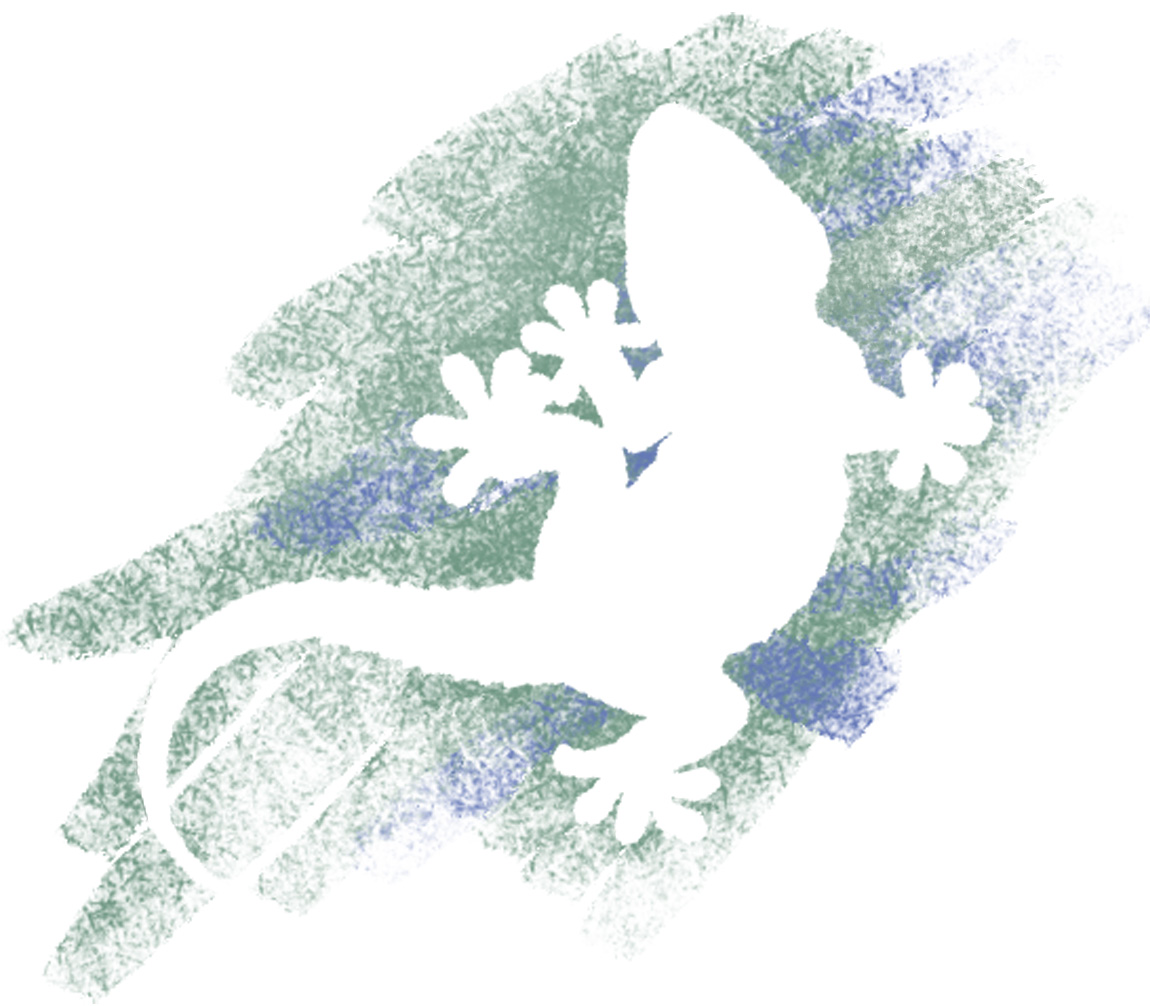For Martina Navratilova, the evening of December 9, 2010, was to prove an ignominious end to what had been a particularly tough year. As she lay strapped to a stretcher, breathing from an emergency oxygen supply, the winner of 18 Grand Slam titles had chance to reflect on a year that had begun with her breaking her wrist, had then seen her diagnosed with breast cancer and was now ending with her being evacuated off a mountain with a life threatening case of high altitude pulmonary oedema.
Part of a team of athletes, journalists and volunteers, raising funds for the Laureus Sport for Good Foundation, the ex-Wimbledon champion had been attempting to reach the summit of Mount Kilimanjaro, Africa’s highest peak. By day four though, just over 2000 metres short of the summit, the combination of a debilitating stomach bug and a build up of fluid in her lungs had prompted the decision to undertake an emergency night-time dash off the mountain. The next four hours saw her being carried down the mountain by a team of porters, where a vehicle was waiting to drive her to a local medical facility, to be flown on to a hospital in Nairobi.
For me though, this was just one incident in what was turning out to be one of the hardest treks I had ever done. I had been employed to help lead the team to the top, but since we had set out from Marangu four days ago we had seen nothing of Kilimanjaro’s famous snow-capped crater. Instead, we had endured days of torrential rain and driving blizzards and by the time we reached the camp at Horombo many of the team were beginning to feel the effects of both the mountain and the weather. And now I had the added problem of our major celebrity disappearing on a stretcher into the inky abyss of an African night. The team that remained behind though still included some notable personalities, including British Olympic Badminton star, Gail Emms, and Michael Teuber, a German Paralympic cyclist, who over the coming days was to prove an inspiration to many in Martina’s absence.
The morning following Martina’s sad departure we began the long hike up to Barafu Camp, the usual expansive views being replaced again by enveloping cloud and a steady driving rain, which over the course of the next 8 hours turned into a full raging blizzard. By the time we reached our summit camp many were beginning to seriously doubt their ability to make it to the top the following day and I had to admit that without some favourable intervention by the weather gods even I was doubting our chances of making it. The mess tent and the porters’ kitchen that evening took on the semblance of a Chinese laundry, as gloves, waterproofs and hats were hung from every available space in an effort to dry them out.
That night we retired to bed early, ready for a midnight attempt on the summit, and it was with some trepidation that I unzipped my tent just a few hours later to check on the weather. The sky above me though was a blaze of stars! It seems that our prayers had been answered, and as we began the long climb to the top, the valley echoed to the encouraging songs of our Tanzanian guides. As we progressed up the mountain I kept casting nervous glances to the heavens above, wondering how long the skies would remain clear, but as we approached Stella Point and the rising sun began to cast its warming glow across the landscape, it became clear that we would finally get to see Kilimanjaro in all its majestic glory.
In spite of the weather and the far from favourable condition, 18 of the team made it to the top and it was a very happy group of people that were reunited with Martina three days later at Nairobi’s Jomo Kenyatta International Airport. For many it had proven to be a far tougher challenge than they could ever have imagined and, in spite of its recent popularity amongst trekking groups, Martina Navratilova’s near fatal encounter had heralded for many a much needed reminder of the dangers of underestimating a journey to the summit of Africa’s most iconic mountain.
Copyright Trevor Gibbs 2011
Friday, January 21, 2011
Subscribe to:
Posts (Atom)



